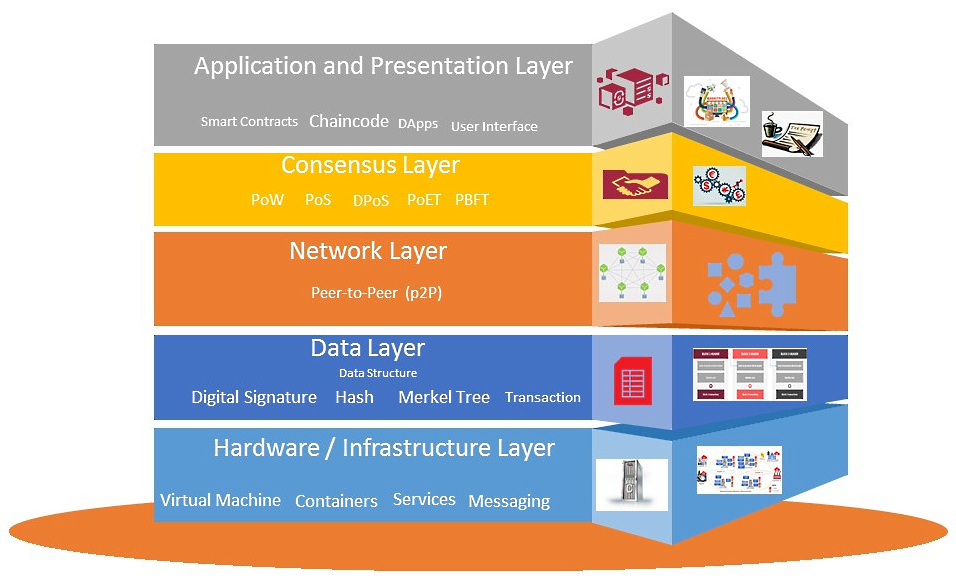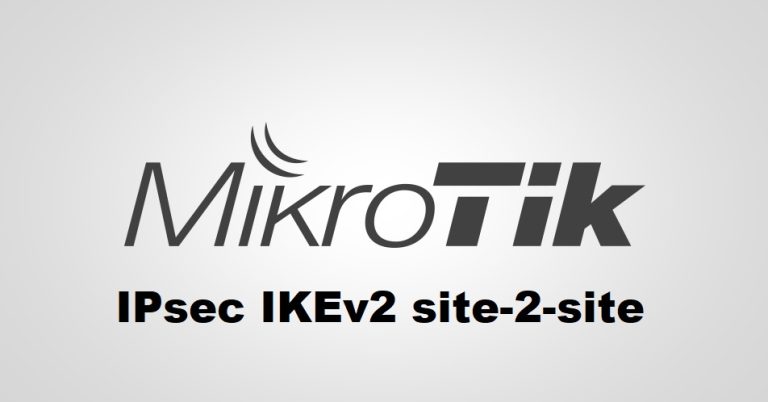Layered blockchain architecture

Infrastructure layer
The content of the blockchain is stored somewhere on a server in a data center on this beautiful globe. Clients request content or data from application servers while browsing the web or using any applications (client-server architecture).
A blockchain is a peer-to-peer network of computers that computes, validates, and records transactions in an orderly fashion on a shared ledger. As a result, a distributed database is created in which all data, transactions and other relevant data are stored. A node is a computer on a P2P network.
Data layer
The blockchain data structure is expressed as a linked list of blocks in which transactions are ordered. The blockchain data structure consists of two main elements: pointers and a linked list. A linked list is a list of related blocks with data and pointers to the previous block.
Pointers are variables that refer to the position of another variable, while a linked list is a list of related blocks with data and pointers to the previous block. A Merkle tree is a binary hash tree. Each block contains the root hash of the Merkle tree and information such as the hash of the previous block, timestamp, nonce, block version number, and current difficulty target.
For blockchain systems, the Merkle tree provides security, integrity, and irrefutability. The blockchain system is built on Merkle trees, cryptography and consensus algorithms. Since the first block in the chain is the genesis block, it does not contain a pointer.
For the security of the data contained in the blockchain, transactions are digitally signed. The private key is used to sign transactions and anyone with the public key can verify the signer.
network layer
The network layer, commonly referred to as the P2P layer, is responsible for communication between nodes. Transaction detection, block propagation occurs at the network level.
This P2P layer ensures that nodes can find each other and interact, distribute and synchronize information to keep the blockchain network legal. A P2P network is a computer network in which nodes are distributed and share the network’s workload to achieve a common goal. Blockchain transactions are executed by nodes.
Consensus level
The consensus layer is the most necessary and critical layer in any blockchain. It is responsible for validating blocks, ordering them, and ensuring that everyone agrees on the current state of the blockchain.
Application layer
Smart contracts, decentralized applications (DApps) make up the application layer. Application layer protocols are divided into application and executive layers.
The application layer includes programs that end users use to communicate with the blockchain network. Scripts, application programming interfaces (APIs), user interfaces and frameworks.
Smart contracts are part of the execution layer.
The transaction moves from the application layer to the run layer. Applications give instructions to the execution layer, which executes transactions and ensures the deterministic nature of the blockchain.





